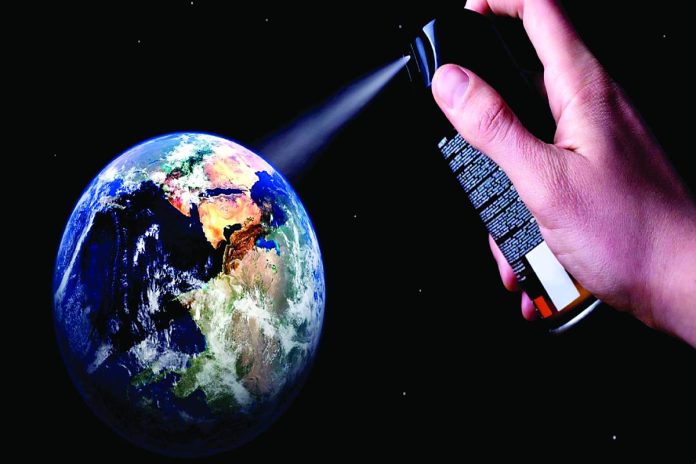New research that is the result of 18 years of satellite examination of the ozone layer of Earth has found that the implementation of the Montreal Protocol limiting the production of ozone depleting chemicals has been a success. The Montreal Protocol was initiated in 1987. Professor Martyn Chipperfield from the School of Earth and Environment at the University of Leeds in Britain reported the good news in the edition of the journal Nature Communications.
The researchers produced a time line that assessed the potential effects on the ozone layer if the Montreal Protocol had not been implemented. The most accurate estimate indicates that the hole in the ozone layer would have increased in size by 40 percent by 2013 but it has not. If no curbs on the use of halocarbons had been made the ozone layer that protects the Earth from ultraviolet light from the Sun would have become thinner.
The scientists were particularly interested in the effect that the cold Arctic winter of 2010 to 2011 had on the ozone layer. The ozone layer at 12 miles above the Earth is susceptible to a decrease in size with decreasing temperature. The decrease in the size of the ozone layer due to temperature was not severe and the researchers credit the lack of severity to the Montreal Protocol. The researchers note that their models probably underestimate the changes in the ozone layer due to cold Arctic winters.
Ozone can be replenished naturally from the reaction of light with atmospheric oxygen. This study is the most complete and complex chemical analysis of the ozone layer over time ever made and shows that the Montreal Protocol has been successful. One might hope that this success may enliven interest in the reduction of the use of fossil fuels to mitigate the realities of climate change but consumer demand and low prices indicate little hope for this in the near future.















